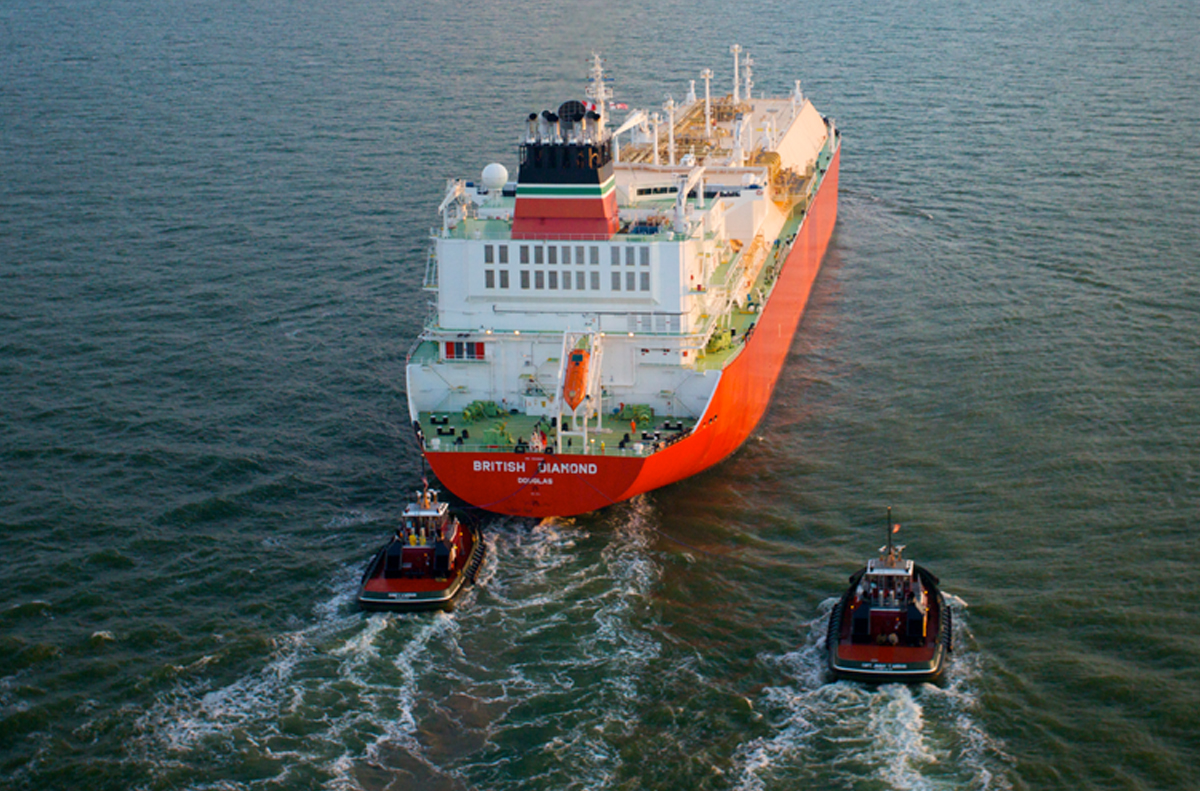Contact us at [email protected]
Sempra Infrastructure, Port Arthur LNG, LLC and Port Arthur Pipeline, LLC are not the same companies as the California utilities, San Diego Gas & Electric Company (SDG&E) or Southern California Gas Company (SoCalGas), and Sempra Infrastructure, Port Arthur LNG, LLC and Port Arthur Pipeline, LLC are not regulated by the California Public Utilities Commission.
© 2023 Sempra Infrastructure. All rights reserved.
This website contains statements that are not historical fact and constitute forward-looking statements within the meaning of the Private Securities Litigation Reform Act of 1995. These statements can be identified by words such as "believes," "expects," "anticipates," "plans," "estimates," "projects," "forecasts," "contemplates," "intends," "assumes," "depends," "should," "could," "would," "will," "confident," "may," "potential," "possible," "proposed," "target," "pursue," "goals," "outlook," "maintain" or similar expressions, or discussions of guidance, strategies, plans, goals, opportunities, projections, initiatives, objectives or intentions. Forward-looking statements are not guarantees of performance. They involve risks, uncertainties and assumptions. Future results may differ materially from those expressed in the forward-looking statements.
Factors, among others, that could cause actual results and future actions to differ materially from those described in any forward-looking statements include risks and uncertainties relating to: actions and the timing of actions, including decisions, new regulations, and issuances of permits and other authorizations by the U.S. Department of Energy, Federal Energy Regulatory Commission, U.S. Environmental Protection Agency and Pipeline and Hazardous Materials Safety Administration, states, cities and counties, and other regulatory and governmental bodies in the United States and other countries in which we operate; the timing and success of business development efforts and construction projects, including risks in obtaining or maintaining permits and other authorizations on a timely basis, risks in completing construction projects on schedule and on budget, and risks in obtaining the consent and participation of partners; the availability of natural gas and liquefied natural gas, and natural gas pipeline and storage capacity; equipment failures; changes in energy markets; volatility in commodity prices; moves to reduce or eliminate reliance on natural gas; risks posed by actions of third parties who control the operations of our investments, and risks that our partners or counterparties will be unable or unwilling to fulfill their contractual commitments; weather conditions, natural disasters, accidents, equipment failures, computer system outages, explosions, terrorist attacks and other events that disrupt our operations, damage our facilities and systems, cause the release of greenhouse gases and harmful emissions, and subject us to third-party liability for property damage or personal injuries, fines and penalties, some of which may not be covered by insurance (including costs in excess of applicable policy limits) or may be disputed by insurers; cybersecurity threats to storage and pipeline infrastructure, the information and systems used to operate our businesses; changes in the tax code as a result of potential federal tax reform, uncertainty as to what proposals will be enacted, if any, and if enacted, how they will be applied; changes in foreign and domestic trade policies and laws, including border tariffs, revisions to international trade agreements, such as the North American Free Trade Agreement, and changes that make our exports less competitive or otherwise restrict our ability to export or resolve trade disputes; and other uncertainties, some of which may be difficult to predict and are beyond our control.
These risks and uncertainties are further discussed in the reports that Sempra has filed with the Securities and Exchange Commission. These reports are available through the EDGAR system free-of-charge on the SEC's website, www.sec.gov, and on Sempra’s website at www.sempra.com. Investors should not rely unduly on any forward-looking statements. Sempra or its subsidiaries undertake no obligation to update or revise these forecasts or projections or other forward-looking statements, whether as a result of new information, future events or otherwise.

